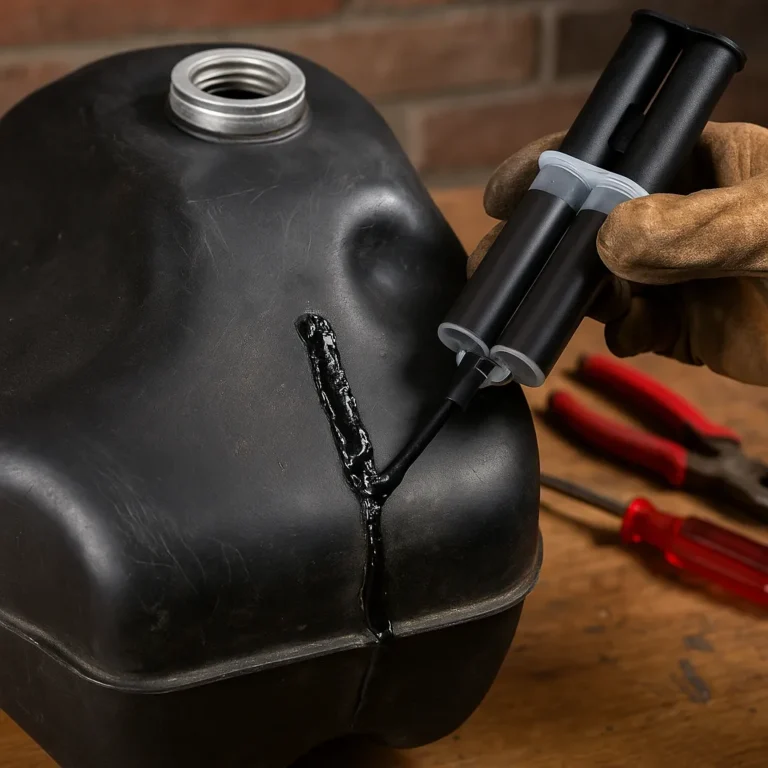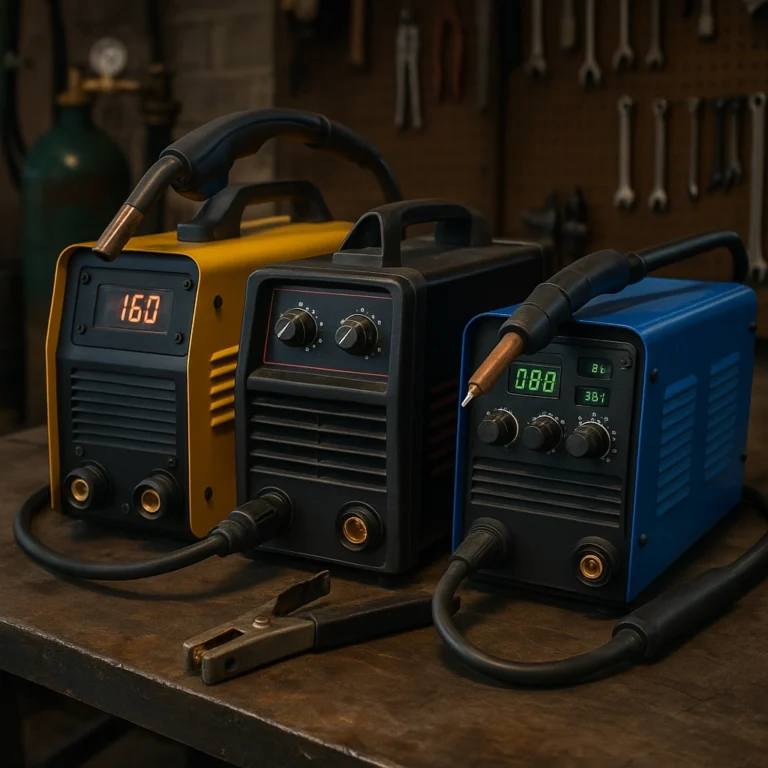What Is 6G in Welding? A Clear Guide for Beginners

Disclosure: This post contains affiliate links. As an Amazon Associate, I earn from qualifying purchases—at no extra cost to you.
Last Updated: November 2025
The 6G welding position has earned its reputation as one of the toughest challenges in pipe welding. It pushes your heat control, torch angle, filler timing, and puddle management all at once. Because it tests every major skill in a single joint, a 6G pass tells employers you’re ready for real-world pipe work without much hand-holding.
6G feels intimidating when you first see it, but once you understand why the pipe sits at a 45-degree angle and how gravity affects the puddle, the position becomes far more manageable.
👉 Before dialing in your technique, take a moment to read our breakdown of which welder fits your projects best.
🔍 What “6G” Means in Welding
A 6G weld is done on a pipe set at a fixed 45-degree angle. Since the pipe can’t rotate, you’re welding across every position—overhead, vertical, horizontal, and everything in between.
Because the joint stays still, you adjust travel speed, torch angle, and filler timing constantly to keep the bead steady. It’s essentially all major positions wrapped into one test.
👉 Before tackling a 6G-style joint, take a quick look at why welding feels challenging at first to understand how coordination and heat control improve with practice.
🔍 Why the 6G Position Is Used
You’ll run into 6G-style joints anytime you’re welding pipe that can’t be rotated, which is common in plants, refineries, boiler rooms, and structural systems.
The 6G position is respected because it shows you can:
- Keep beads consistent in awkward angles
- Maintain penetration around the entire joint
- Control the puddle as gravity shifts
- Handle full-position welding with confidence
For these reasons, 6G certification is often required for higher-paying pipe welding jobs.
🔍 5G vs 6G vs 2G (Quick Comparison Without a Table)
Here’s the clean breakdown replacing the table:
2G (Horizontal Pipe)
Pipe sits sideways, no rotation allowed, moderate difficulty.
5G (Vertical Pipe)
Pipe stands upright, no rotation allowed, higher difficulty.
6G (45° Fixed Pipe)
Pipe tilted at 45°, no rotation allowed, very high difficulty because the puddle changes behavior around the joint.
🔍 What You Need to Weld in the 6G Position
You can weld 6G using TIG, stick, or MIG, depending on the test. Most certification tests rely on TIG for the root pass and stick for the fill and cap because it gives strong, clean results.
A good 6G setup includes clean bevels, an even root gap, the right filler metal, and steady heat control. Clear visibility and stable hand placement make a big difference.
🔍 Common Challenges for Beginners
The hardest part of 6G is learning how the puddle reacts as gravity shifts. The top wants to flatten, the sides can widen, and the bottom tends to sag if the heat isn’t managed well.
Beginners often deal with losing puddle visibility, running too hot on the downhill stretch, cold lap on the uphill portion, inconsistent rod dips, or sudden angle changes. With practice, you learn to predict how the puddle will behave around the joint.
📌 Key Takeaways
- 6G is a fixed 45° pipe position that tests every major welding angle.
- It’s one of the hardest and most respected certifications in the welding world.
- Gravity affects the puddle differently at the top, sides, and bottom of the pipe.
- TIG roots and stick caps are common in 6G certification tests.
- Mastering 6G opens doors to better job opportunities and higher pay.
🟢 FAQs About the 6G Welding Position
Is 6G the hardest welding position?
Yes. It combines overhead, vertical, and horizontal welding in one joint, making it the toughest pipe-welding position.
Which welding process is best for learning 6G?
Most welders use TIG for the root and stick for the fill and cap because it offers control and strong penetration.
Do I need 6G certification for pipe welding jobs?
Many employers require it because it proves you can weld confidently in every needed position.
✅ Conclusion
The 6G welding position challenges your skills from every direction, but once you understand how the puddle behaves at the top, sides, and bottom, it becomes far more approachable. Mastering 6G builds confidence, sharpens your technique, and opens the door to better-paying industrial and pipeline welding work.






